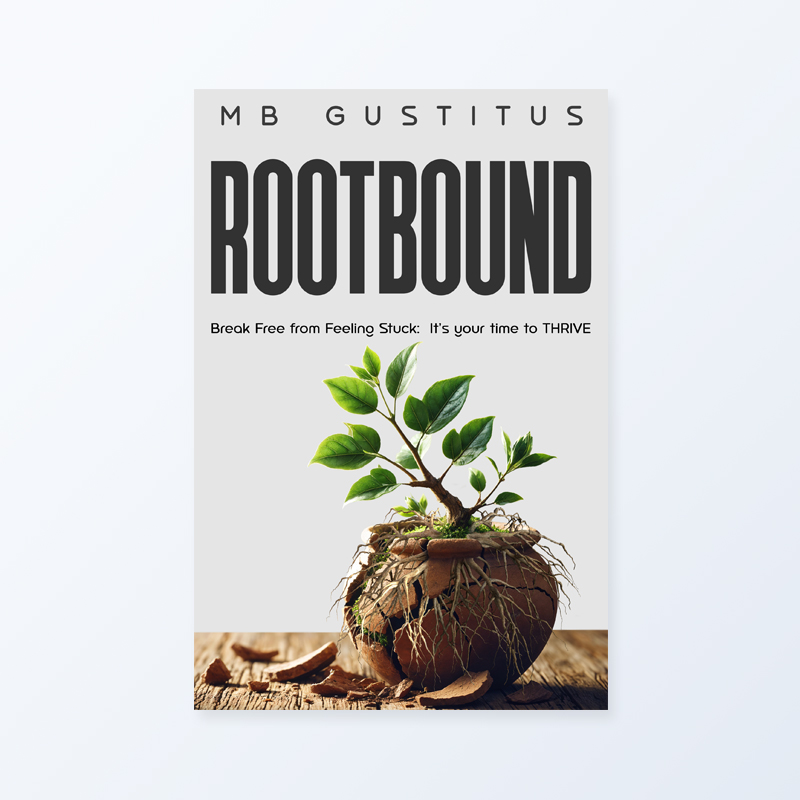Building High-Performance Teams: Strategies for Developing Cohesive and Effective Groups
Forming and leading high-performance teams is essential for corporate leaders, business owners, and ambitious professionals aiming to propel their careers and achieve organizational success. These teams, known for their cohesion, effectiveness, and exceptional results, are instrumental in navigating the complexities of the business world. This guide explores strategies for developing such teams, paving the way for sustained success and professional growth.
Strategies for Developing Cohesive and Effective Teams
Clear Vision and Purpose
Every high-performance team needs a clear vision and purpose that aligns with the organization’s goals. As a leader, articulate the mission and objectives of the team, ensuring that every member understands their role in achieving these goals. This alignment fosters a sense of purpose and direction, motivating team members to contribute their best efforts.
Effective Communication
Open and transparent communication is the backbone of any successful team. Encourage regular, honest dialogue where team members feel comfortable sharing ideas, feedback, and concerns. Implementing regular check-ins, meetings, and using collaborative tools can enhance communication, ensuring that everyone is informed and on the same page.
Building Trust and Respect
Trust and mutual respect are foundational elements of high-performance teams. Nurture an environment where team members trust each other’s abilities and intentions. This can be achieved through team-building activities, transparent decision-making processes, and recognizing individual contributions. A culture of trust and respect encourages collaboration and minimizes conflicts.
Diverse Skill Sets and Roles
A well-rounded team comprises diverse skill sets and roles that complement each other. Identify the unique strengths of each team member and allocate roles that maximize their potential. This diversity not only enhances problem-solving capabilities but also drives innovation by bringing different perspectives to the table.
Empowerment and Autonomy
Empowering team members by giving them autonomy over their work stimulates a sense of ownership and accountability. Encourage decision-making at all levels and provide the necessary resources and support to enable team members to perform their tasks effectively. Autonomy boosts morale and drives productivity by allowing individuals to take initiative and contribute meaningfully.
Continuous Learning and Development
Investing in the continuous learning and development of your team is essential for maintaining high performance. Provide opportunities for professional growth through training, workshops, and mentorship programs. Inspiring a culture of learning ensures that team members stay updated with industry trends and develop new skills, which can be leveraged to enhance team performance.
Setting Clear Goals and Expectations
Establishing clear, measurable goals and expectations is crucial for guiding team efforts. Use the SMART criteria (Specific, Measurable, Achievable, Relevant, Time-bound) to set goals that provide direction and motivation. Regularly review and adjust these goals to reflect changing priorities and ensure that the team remains focused and aligned.
Recognition and Rewards
Recognizing and rewarding team achievements cultivates a positive and motivating work environment. Acknowledge individual and collective accomplishments through formal and informal recognition programs. Celebrating successes not only boosts morale but also reinforces desired behaviors and encourages continuous high performance.
Conflict Resolution
Discords are inevitable in any team, but how they are managed can significantly impact team dynamics. Develop a conflict resolution process that addresses issues promptly and fairly. Encourage open communication and seek to understand different perspectives to find mutually beneficial solutions. Effective conflict resolution maintains harmony and keeps the team focused on their objectives.
Leveraging Technology
In today’s digital age, leveraging technology is vital for enhancing team performance. Utilize collaboration tools like Slack, Trello, and Microsoft Teams to facilitate communication, project management, and information sharing. These tools streamline workflows, improve efficiency, and keep the team connected, especially in remote or hybrid work environments.
Cultivating a High-Performance Team Culture
Fostering a Collaborative Environment
A high-performance team thrives in a collaborative environment where each member feels valued and included. Promote a culture where collaboration is encouraged and individual contributions are appreciated. This can be achieved through regular team-building activities, cross-functional projects, and creating spaces for informal interactions.
Leading by Example
As a leader, your behavior sets the tone for the team. Demonstrate the values and behaviors you wish to see in your team members. Show integrity, commitment, and a willingness to listen and adapt. Leading by example builds credibility and inspires your team to follow suit.
Encouraging Innovation and Creativity
Innovation and creativity are key drivers of high performance. Encourage your team to think outside the box and experiment with new ideas. Create a safe space where failures are viewed as learning opportunities rather than setbacks. This approach paves the way to a culture of continuous improvement and drives the team to achieve exceptional results.
Building Strong Relationships
Strong interpersonal relationships within the team enhance cohesion and collaboration. Invest time in getting to know your team members personally and professionally. Encourage social interactions and build a sense of community. Strong relationships create a supportive environment where team members feel comfortable relying on each other.
Measuring and Sustaining High Performance
Regular Performance Assessments
Conduct regular performance assessments to evaluate team effectiveness and identify areas for improvement. Use metrics and feedback to gauge progress towards goals and address any issues promptly. Continuous assessment ensures that the team remains on track and adapts to changing demands.
Adapting to Change
High-performance teams are adaptable and resilient in the face of change. Incite flexibility and agility by stimulating a growth mindset. Equip your team with the skills and mindset needed to traverse change effectively, ensuring that they can continue to perform at a high level even in dynamic environments.
Sustaining Momentum
Maintaining high performance requires sustained effort and devotion. Keep the momentum going by regularly revisiting goals, celebrating achievements, and addressing any challenges that arise. Continuously invest in team development and remain vigilant about cultivating a positive, motivating environment.
Unleash Your Team’s Potential: MB Gustitus’ Expert Strategies for Building High-Performance Teams
Mastering the art of building high-performance teams is a critical skill for corporate leaders, business owners, and professionals aspiring to excel in their careers. Implementing these strategies fosters cohesive, effective teams capable of achieving extraordinary results.
For personalized guidance in developing these essential skills, consider partnering with MB Gustitus Mile1 Coaching. Specializing in leadership development, corporate facilitation, and goal setting, her coaching is about equipping leaders and professionals to reach their full potential and achieve true success in their careers and lives. Embrace the journey of continuous improvement and watch your team—and your career—thrive.





